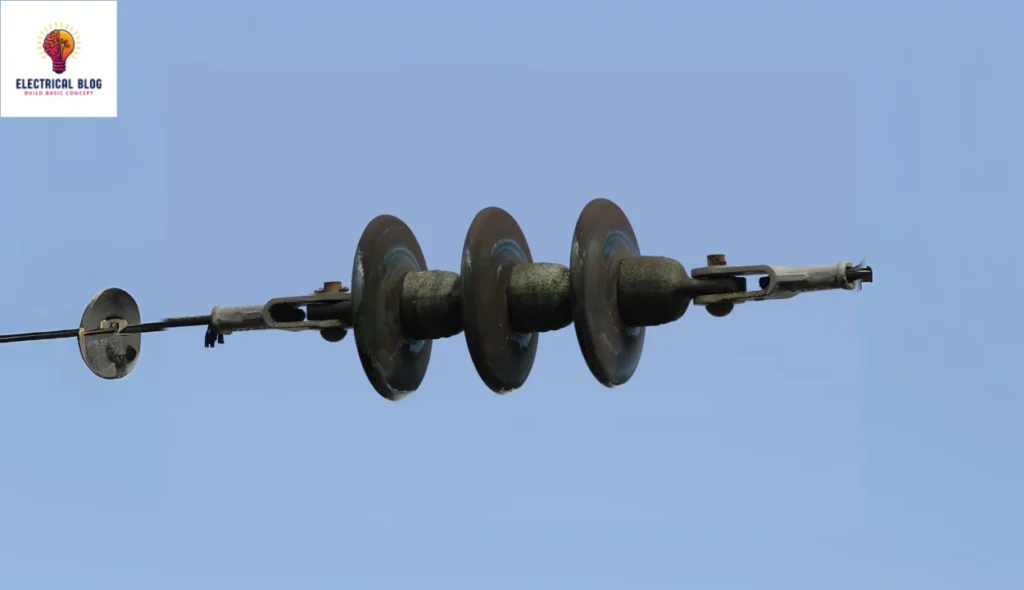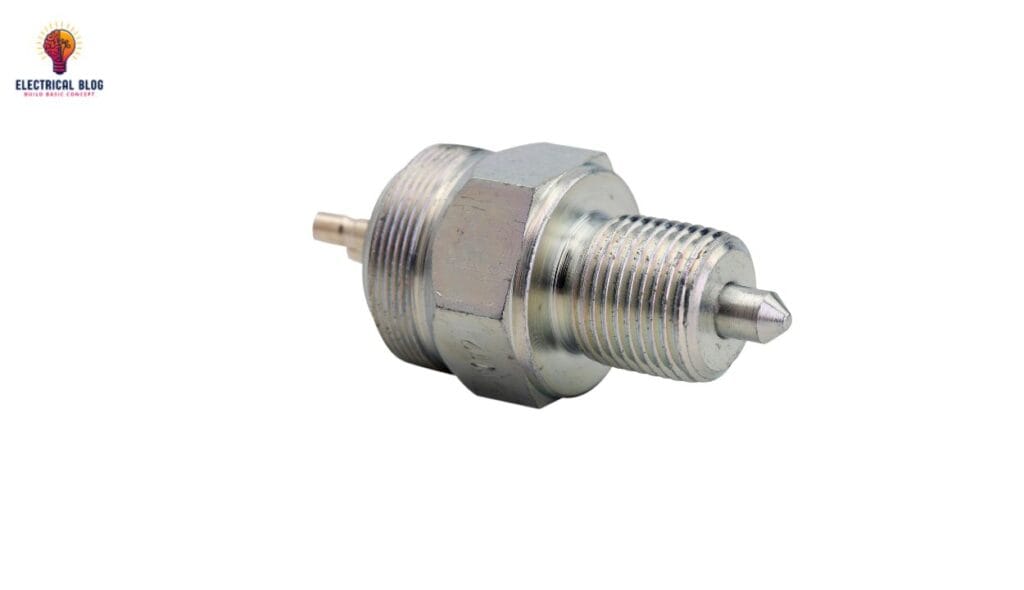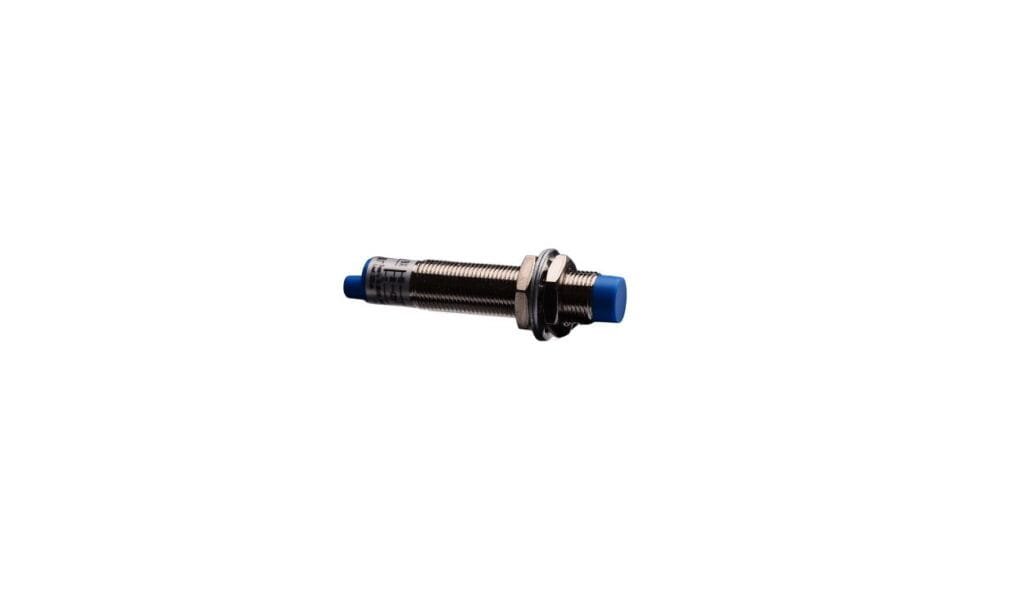When working with electrical systems, choosing the right insulator is crucial for stopping electricity from leaking into the ground. Over time, different materials like wood, mica, and plastic have been used in their design.
Some of the most frequent compositions include porcelain, glass, and steatite, each offering special properties for transmission lines. Ceramics and polymer variants are also found in poles, ensuring proper functioning and support.
An article on this topic often discusses types of insulators and the role of rubber, PVC, and polymers, as well as how uncommon materials enhance working conditions. These conductors play a key role in high-voltage systems and are designed to withstand extreme conditions.
However, selecting the right types of insulators depends on the line design, environmental factors, and the overall electrical system. This overview helps in understanding the significance of these materials, ensuring safety and efficiency in transmission.

Types of Insulators
Insulators are classified into different types based on their rating and purpose. A transmission system often consists of several insulating discs, where one disc handles 11kv voltage, while the remaining carry 66kv for distribution. These include the following variations to ensure stability in electrical flow.
Pin Insulator
A pin insulator is commonly implemented in distribution networks to withstand voltages up to 11kV. It is constructed using sturdy materials to endure rigorous use, reducing wear and tear. The design is straightforward, allowing vertical and horizontal orientations, with secure connections included for less maintenance.
Suspension Insulator
Suspension insulators are widely used in transmission lines to withstand high voltages between 11 kilovolts and 765 kilovolts. They are designed with glass or porcelain materials, making them a prominent choice for overhead steel tower systems. Their connection provides flexibility, allowing them to adjust to load changes.
One key feature is their superior reliability—if a disc gets damaged, the rest function normally, preventing failures. A new disc can be placed in lieu of a broken one, reducing maintenance costs. Radiant Enterprises is one of the manufacturers in India that fulfill demands for support insulators, ensuring employment of high-quality solutions.
These insulators require additional height to accommodate the hanging structure, keeping them above the ground. Their adaptability makes them an efficient option for various types of power networks.
Strain Insulator
A strain insulator is mainly located in overhead transmission lines, especially where the line makes a bend or changes direction. It is comparable to suspension-type insulators, but its specifications and operation are different. This insulator can withstand voltages up to 33kV and is sometimes used in an arm of the structure, depending on the system and employment needs.
Shackle Insulator
A shackle insulator is used in low-voltage distribution and transmission lines, especially in overhead systems. It is connected with a metal strip and can handle voltages of up to 33 kV. These insulators are placed in vertical or horizontal orientations, depending on the configuration needed.
They are often utilized as strain insulators in bending or turning areas, ensuring a stable power flow. Bolts help secure them to the pole, and they are supported by cross arms at the point of installation. Their tiny stature makes them efficient for compact setups at the right moment.
Post-Insulator
Post-insulators are suitable for use in substations, offering high mechanical strength. They are vertically stacked to safeguard transformers, switchgear, and other connecting components while handling a variety of voltages. Their use ensures stability in electrical systems.
Stay Insulator
Stay insulators are utilized in transmission lines to provide stability and protection. They are often set up between the line conductor and the earth, acting as safeguards against unexpected electrical changes. These square insulators come in manageable sizes, helping to prevent breakdowns across different varieties of power networks.
Disc Insulator
A disc insulator is widely adopted in transmission and distribution lines due to its high efficiency and sturdy design. Made from premium materials, it provides a medium-priced alternative for less polluted areas. These insulators help insulate cables and electrical wiring, ensuring constant voltage under heavy loads.
They are essential in industries, businesses, and household applications, offering support for conductors while maintaining power stability. Their widespread use in the industry makes them a reliable choice for various electrical setups.

Polymer Insulator
Polymer insulators are lightweight and highly effective, making them a great alternative to porcelain. They are made using fiberglass rods, polymers, and rubber, with PTFE, silicone, EPDM, and EPM playing key roles in their manufacturing. These weatherproof enclosures come in a variety of designs for different applications.
Glass Insulator
Glass insulators were first employed in the 18th century for telephone and telegraph lines, but by the 19th century, ceramic and porcelain insulators had taken their place. Later, toughened glass was developed as a solution, leading to increased popularity due to its high durability in electrical applications.
Long Rod Insulator
A long rod insulator is made of porcelain and designed to be weather-protected with no metal components, making it highly strong. It features rods with end fittings and can be used in either a tension or suspension setting, ensuring durability in high-voltage applications.

Insulator Properties
Insulators play a key role in impeding the flow of electrical current, preventing unintentional conduction. They are designed to provide isolation, ensuring safety in various applications. Their ability to withstand voltage changes makes them an effective choice in power systems.
One critical property is high resistivity, which blocks the movement of electrons and reduces energy loss. The dielectric strength of insulators determines the maximum voltage they can handle before breaking down. This ensures that they can endure the applied field without breakdown.
Strong mechanical properties allow insulators to support the weight of conductors and resist external forces like wind, ice, and vibrations. Their structural integrity prevents failure under stress, making them reliable in transmission networks.
Thermal stability is another vital feature, ensuring insulators maintain their properties across a range of temperatures. They must resist heat generated during operation to avoid significant changes in performance. This stability improves durability in extreme conditions.
Chemical inertness helps insulators resist corrosion, preventing degradation from moisture, pollutants, and other environmental factors. This extends their lifespan by reducing material exposure to damaging elements.
By allowing controlled energy transmission while preventing faults, insulators contribute to system reliability. Their ability to handle endurance stress ensures long-lasting performance, making them a fundamental part of power distribution and electrical networks.
Advantages of Insulators
Stops Electrical Leakage: Insulators block current flow. This keeps systems isolated and stops accidental conduction in power systems.
Boosts Safety: Insulators handle high voltage, keeping equipment and people safe from electrical dangers.
Durability & Strength: Their strong build supports conductors. They resist wind, ice, and vibrations without breaking.
Thermal & Chemical Stability: Insulators work well at different temperatures. They resist corrosion, moisture, and pollutants, ensuring long-lasting performance.
Conclusion
Insulators are essential for maintaining electrical safety, efficiency, and stability in transmission and distribution systems. Their ability to impede the flow of current, withstand high voltage, and provide isolation ensures reliable power delivery.
Types of insulators with strong mechanical properties, insulators can support conductors while resisting wind, ice, and vibrations. Their thermal and chemical stability stops corrosion and damage. This protects against moisture and pollutants, ensuring long-lasting durability.
Insulators help make power systems safer and more efficient. They do this by controlling energy flow and preventing faults. Their endurance and adaptability make them an indispensable part of modern electrical networks.
FAQs
What is insulation breakdown?
Insulation breakdown occurs when an insulator can no longer withstand the applied voltage, causing electrical failure. This happens when the dielectric strength of the material is exceeded, allowing current to pass through, leading to breakdown, degradation, and potential equipment damage.
What are the different types of insulators used in overhead transmission lines?
Overhead transmission lines use several types of insulators. These include pin insulators, suspension insulators, strain insulators, shackle insulators, stay insulators, and long rod insulators. Each types of insulators are designed to handle different voltage levels, mechanical stress, and environmental conditions.
Which type of insulator is used on 132 kV?
For 132 kV transmission lines, suspension insulators or strain insulators are commonly used. Suspension insulators support the conductors. Strain insulators go at angles or ends to manage mechanical tension in the system.



